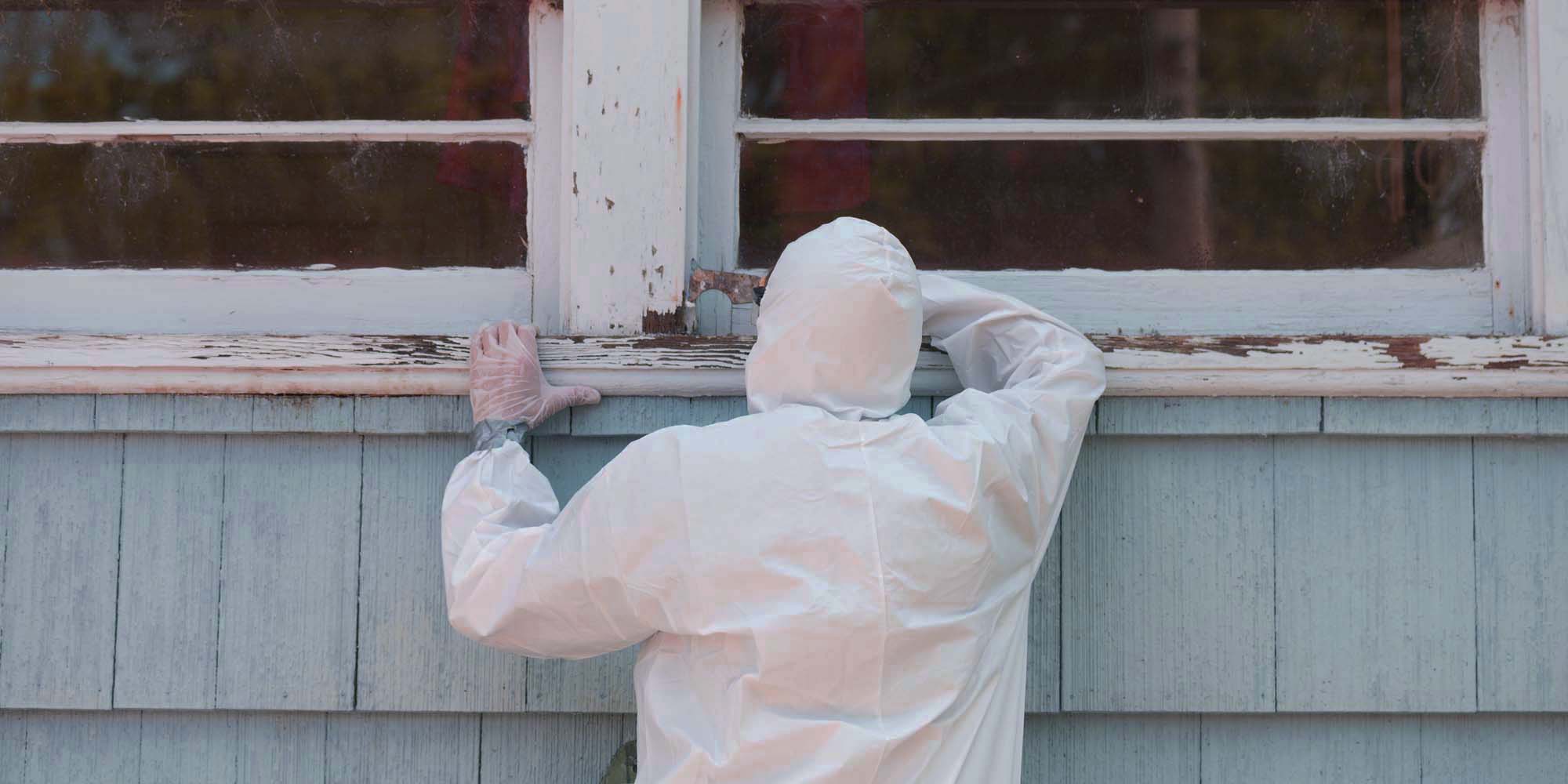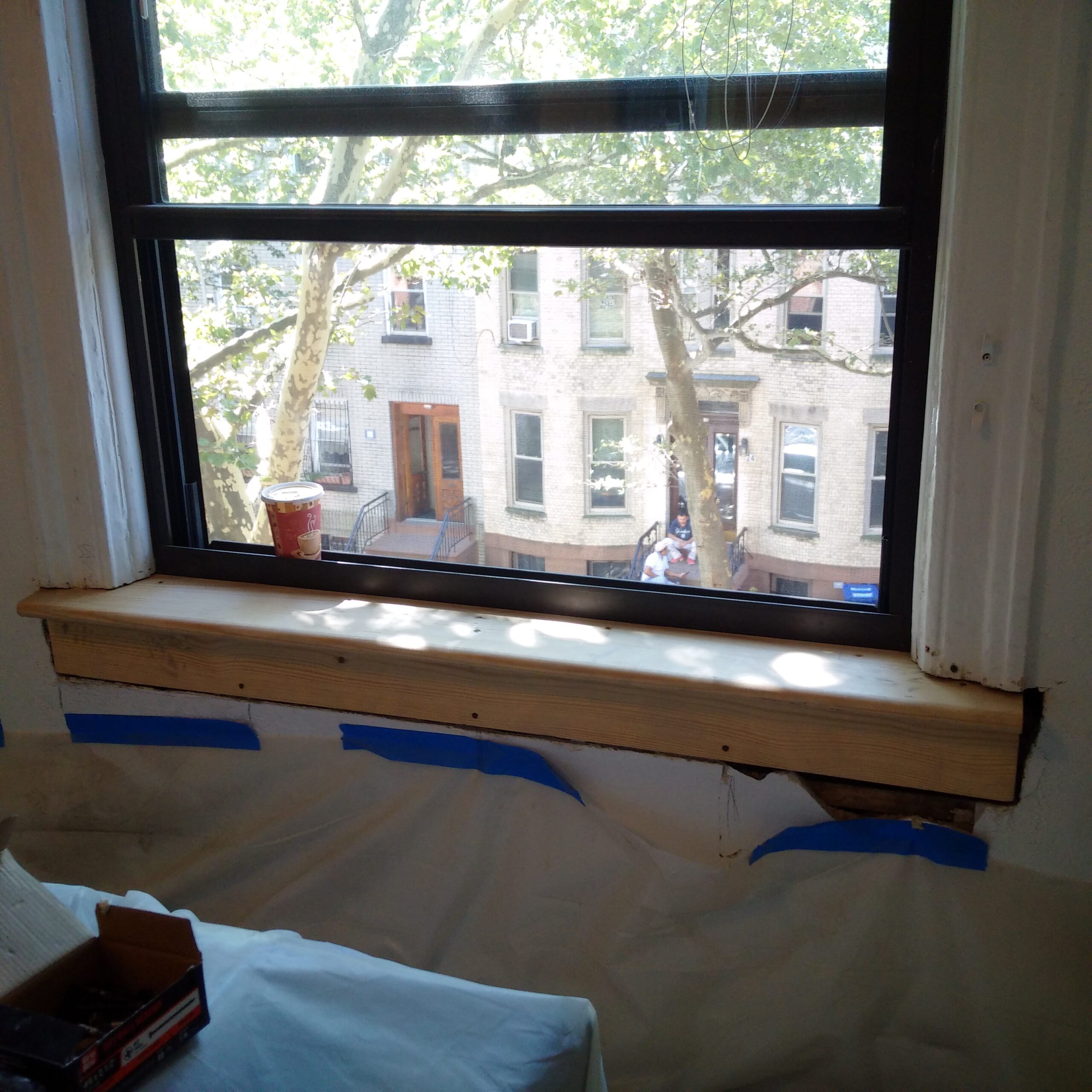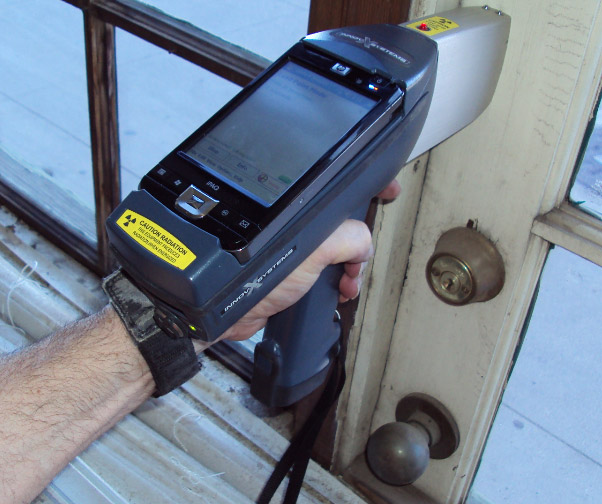Important Tools and Techniques for Efficient Lead Violation Cleanup
Addressing lead violations effectively demands a thorough approach that blends the right devices with critical methods. The very first step involves outfitting workers with Personal Safety Devices (PPE) to secure their health and wellness. Concurrently, using specialized cleanup devices, such as HEPA vacuums and lead-specific cleaning representatives, is imperative for extensive contaminant elimination. Efficient containment approaches, consisting of plastic sheeting and unfavorable atmospheric pressure systems, are important to prevent the spread of unsafe materials. Safe disposal practices and stringent adherence to regulatory standards guarantee liable handling of harmful waste. Yet what are the nuanced methods that genuinely make a difference?
Personal Safety Tools
Individual protective devices (PPE) is a crucial component in the efficient administration of lead contamination cleaning. The important PPE for lead cleaning consists of respirators, safety apparel, gloves, and eye defense.
Respirators, specifically those furnished with HEPA filters, are essential for filtering air-borne lead particles, avoiding inhalation. Proper fit and seal checks are vital to guarantee their efficiency. Protective clothing, consisting of coveralls and non reusable suits, prevents lead dirt from sticking to workers' garments, reducing the threat of additional contamination. Gloves, commonly constructed from nitrile or latex, protect the skin from direct call with lead, while security goggles or full-face shields shield the eyes from dirt and particles.
Furthermore, strenuous training on the appropriate use and upkeep of PPE is essential. Employees need to be educated on putting on and doffing procedures to prevent contamination. Normal evaluations and substitutes of PPE components are needed to maintain their protective capacities, guaranteeing a secure and compliant cleaning operation.
Specialized Clean-up Devices

Another vital device is the wet/dry vacuum, which can efficiently tidy up both dirt and fluid impurities. These vacuum cleaners typically include HEPA filters to supply an additional layer of safety. Damp cleans or tack cloths are additionally crucial for surface cleansing; they are especially designed to catch and hold lead bits, lowering the danger of spreading out contamination.
For more stubborn down payments, specialized lead-removal cleansing representatives are called for. These representatives are developed to damage down lead fragments, making them easier to eliminate. Scrub brushes with strong bristles can help in this procedure, specifically on rough surfaces where lead dust has a tendency to stick a lot more highly.
In addition, encapsulants are made use of to seal lead-contaminated surfaces, avoiding the release of lead dust. These specialized paints and coverings are developed to comply with different substrates, offering a long-lasting service for lead containment.
Effective Control Techniques
Reliable containment approaches are critical in alleviating the spread of lead contamination during cleanup tasks. Carrying out durable containment strategies makes certain that lead bits do not migrate to unaffected locations, thus securing both employees and the atmosphere (DOH & HPD Lead Violation Removal NYC).

To enhance control, encapsulants can be put on surface areas that are not being eliminated or disturbed. These specialized layers bind lead dust, minimizing its availability for resuspension. In addition, all workers have to use appropriate Individual Protective Tools (PPE), including respirators and non reusable fits, to prevent contamination spread.
Safe Disposal Practices
Making sure safe disposal methods is a crucial part in the management of lead contamination clean-up. Proper disposal mitigates the danger of lead coming back the atmosphere and jeopardizing public health. The very first action is to identify and set apart lead-contaminated waste from various other materials. Protected control using sturdy, leak-proof containers is vital to prevent splilling throughout transport.
Transferring lead waste needs adherence to stringent standards. Making use of licensed hazardous waste service providers makes sure that the materials are managed sensibly. Documents, consisting of shows up detailing the type and amount of waste, must go along with shipments to track the waste from the website of origin to its last disposal destination.
Designated contaminated materials disposal centers are geared up to take care of lead-contaminated materials securely. These facilities commonly employ advanced techniques such as stabilization, solidification, or chemical treatment to counteract the lead prior to disposal. Landfilling in specialized, lined locations that prevent leachate from infecting groundwater is a typical technique for final disposal.
Normal training for personnel entailed in lead garbage disposal is important to preserve security standards and protect against unintentional direct exposure. By adhering to these practices, organizations can try this out substantially minimize the environmental and wellness influences connected with lead contamination.
Regulatory Compliance Tips

Abiding by regulatory compliance is pop over to this site vital in the successful implementation of lead contamination cleanup. Understanding and complying with government, state, and regional laws makes sure not only the safety and health of people yet additionally the lawful and economic well-being of the cleaning organization. The Environmental Protection Firm (EPA) sets rigorous requirements, such as the Lead Remodelling, Repair, and Paint (RRP) Regulation, which mandates correct accreditation and training for contractors managing lead-based activities.
Conformity starts with a thorough evaluation of appropriate laws and regulations. Organizations needs to stay updated on any kind of legislative changes, which can be facilitated with routine training sessions and subscribing to sector updates. Paperwork is another important compliance element; maintaining in-depth documents of all activities, consisting of evaluation records, worker training logs, and disposal manifests, is necessary.
In addition, involving with licensed lead inspectors or risk assessors makes sure that lead hazards are properly determined and reduced. Employers should enforce making use of Personal Protective Tools (PPE) and make sure that security protocols are strictly followed. Transparent interaction with stakeholders, consisting of staff members, customers, and regulative bodies, will cultivate a society of compliance and accountability, inevitably contributing to a much safer and much more efficient lead cleaning process.
Conclusion
Reliable lead infraction cleaning necessitates the combination of visit their website specialized devices and strategic methods to make certain safety and effectiveness. Personal protective devices (PPE) safeguards employees from direct exposure, while safe disposal methods and rigorous adherence to governing conformity are vital for sensibly managing dangerous waste.